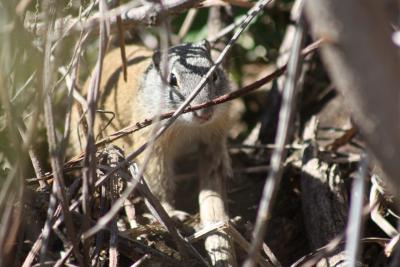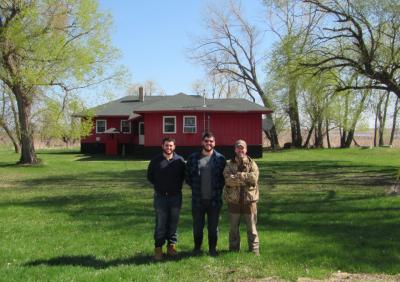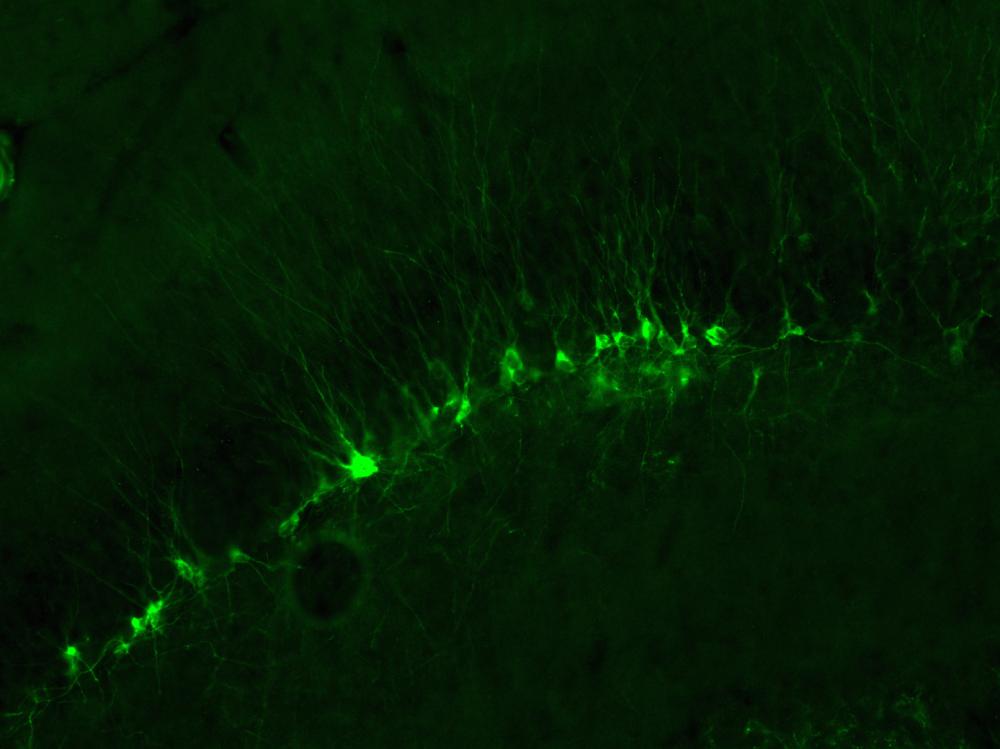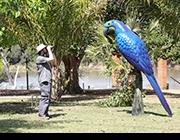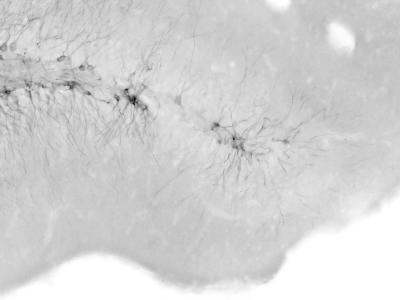
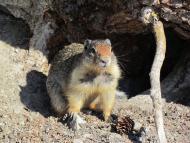
Comparisons of monogamous and polygamous rodent species have formed the basis of theories concerning the correlated evolution of mating systems and the brain. Compared with polygamous species, monogamous species tend to have smaller medial prefrontal cortex, lack hippocampal size dimorphism and express high levels of neuropeptide receptors in the limbic system. By only comparing asocial polygamous species with social monogamous species, however, there is an inherent confound between social bonding and mating system in all of these studies. That is, we do not know whether these neuroanatomical and neurochemical differences between monogamous and polygamous rodents reflect mating system or social bonding.
The goal of this part of our lab's research program is to test whether hippocampal sexual dimorphism varies with mating system across ground squirrel species. Males and females of ground squirrels that vary in the amount of spatial overlap between the sexes are being collected in the field to quantify hippocampus size, neuron numbers and neurogenesis. Current theory predicts that hippocampal sexual dimorphism will be greatest in asocial species because males must range over much larger areas to find females and smallest in highly social species, like the black-tailed prairie dog, which defends a small harem and does not need to engage in mate searching.
An adequate test of this hypothesis requires several species. Thus far, we have collected the asocial Franklin's ground squirrel (Poiliocitellus franklinii), the moderately social Richardson's ground squirrel (Urocitellus richardsonii) and the social Columbian ground squirrel (Urocitellus columbianus). Future plans include collecting black-tailed prairie dogs (Cynomys ludovicianus), a species that lives in high complex social groups, in Montana.
